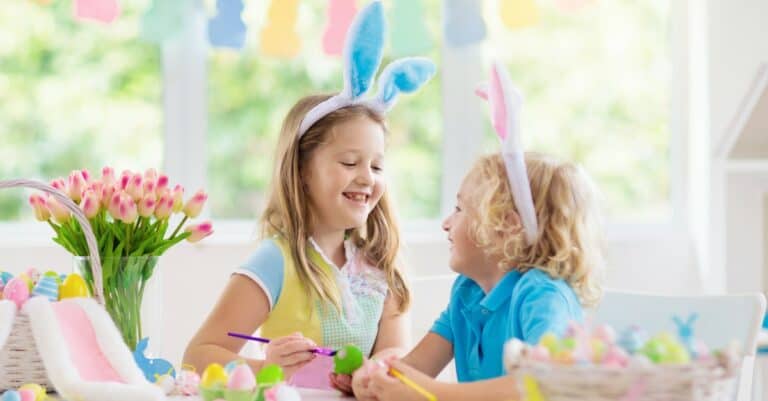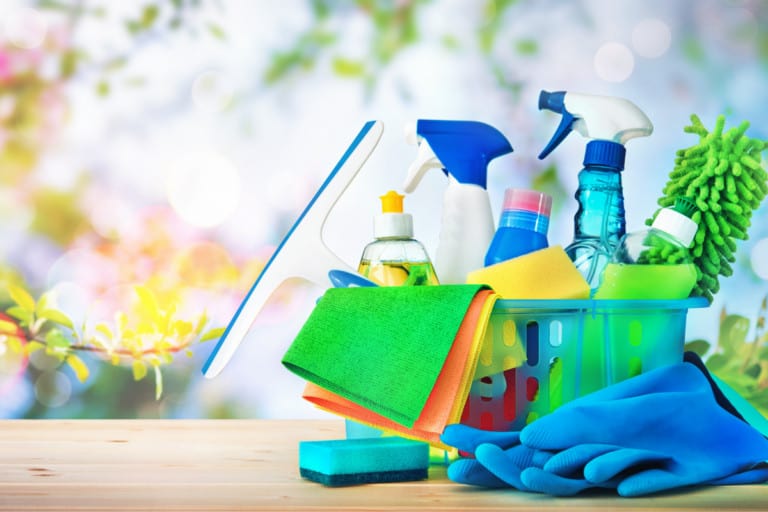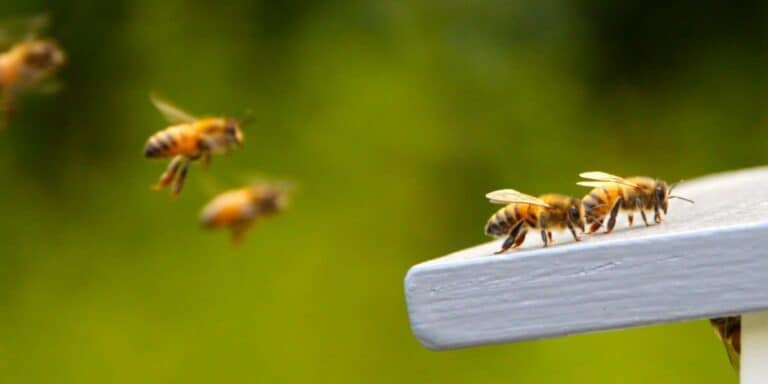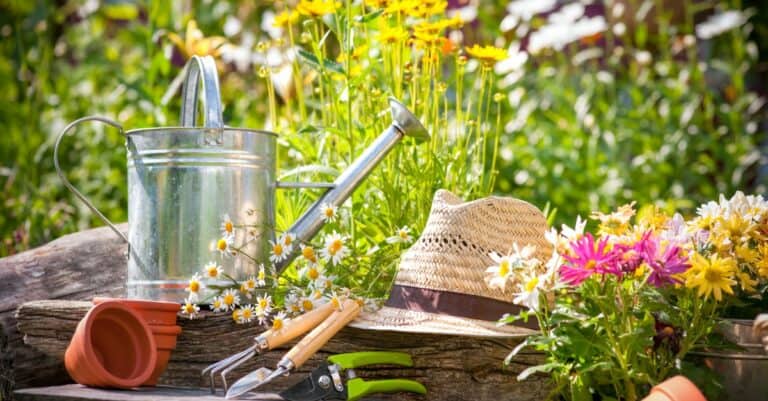Helpful Tips to Enjoy Gardening With Kids
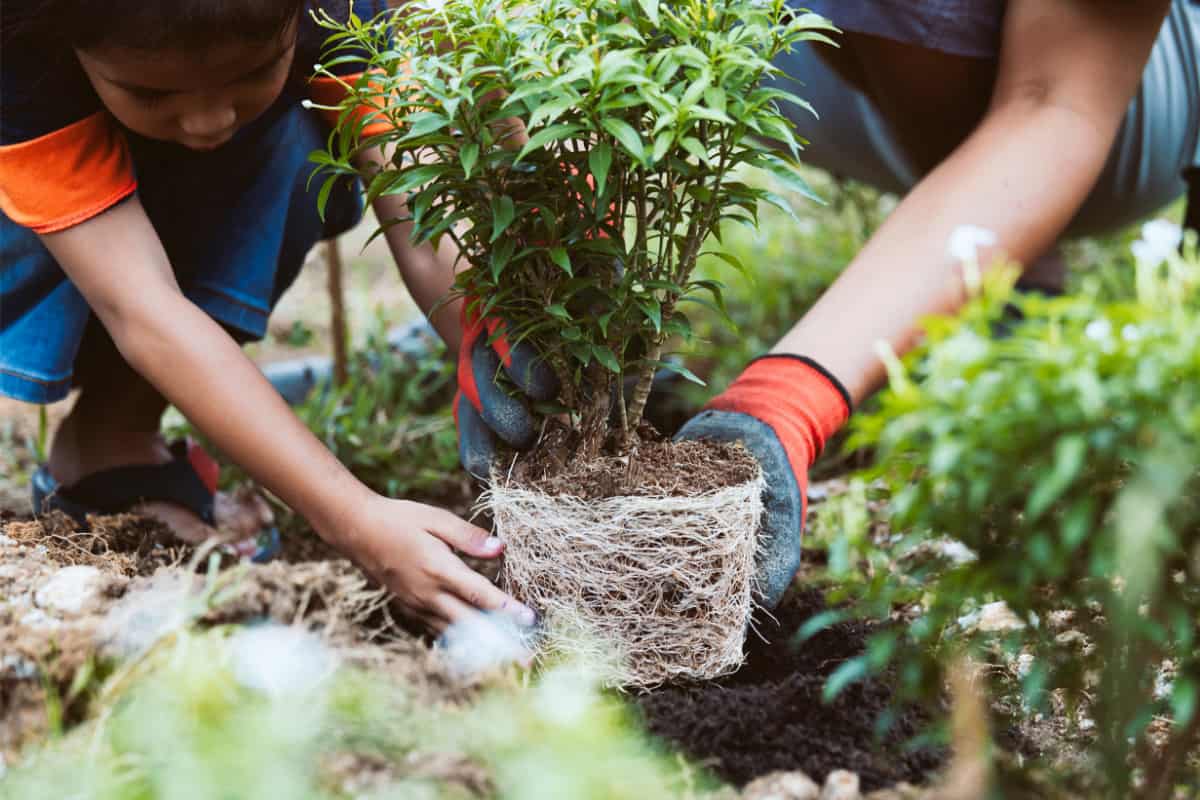
Spring is a season of growth, and flowers, trees, and so many other things are blossoming, blooming, and growing. Not unlike spring, your kids are constantly learning, evolving, growing, and blooming. Enjoy these fun gardening activities and tips to enjoy planting and gardening with your kids. They are a great way to learn about and explore the growth all around you – even in your own backyard!
Get Started Gardening With Kids
Gardening is a surprisingly kid-friendly activity. It’s also a perfect pandemic-proof activity, even if you’re not quite out of coronavirus quarantine.
Starting gardening with kids early on helps teach them that gardening is fun. Gardening activities with kids should be hands-on. Try your hand at planting vegetables with your kids, growing herbs and fruit, or coming up with your own gardening activities. Let your kids learn how to plant flowers in the soil while having fun getting dirty. Help kids develop a green thumb early by giving them responsibility for watering.
Here are some ideas and tips from the Goddard School about getting started gardening with kids no matter their age! From fun crafts to outdoor activities, it’s never too early for your little one to start learning how to be a gardener! Once kids get started planting and learning, they will probably come up with their own fun ideas for gardening activities.
Perhaps you can even create your very own kids’ garden where kids can learn gardening basics and create their own gardening fun. Get kids safe child-sized gardening tools and give your kids ideas for some great garden crafts. Before too long, kids will come up with their own idea for their miniature garden.
Here are some great gardening ideas for all ages from the Goddard School.
Sensory Garden Ideas for Infants
It’s never too early to teach kids about gardening. For your youngest gardeners, think about growing plants that they can discover with all five senses. Sensory gardens are not just meant for visual pleasure. They are meant to be touched, smelled, and even tasted. Whether you have the space to create a sensory garden in a garden plot or you decide to plant a few sensory garden plants in a pot, you and your child will enjoy exploring with all of their senses. Infants are sensory-focused, so this would be a wonderful project for you and your baby to learn together. If your family has a specific interest, you could even engage in organic gardening or create a fairy garden, a butterfly garden, or a pizza garden where you grow your own toppings using tomato plants.

Sensory Garden Materials
- Dirt
- Planter or pot
- Water
- Seeds to plant
- Lamb’s Ear has velvety, thick leaves that are extremely soft to the touch and great for exploring with your hand.
- Basil grows fast and can be used in many food preparations.
- Mint is very fragrant and can be added to water for a refreshing splash.
- Pineapple Sage has aromatic leaves that you can be crush or crumble to release a sweet pineapple-like smell.
- Stevia is perfect for those who want to explore with their sense of taste. This plant is often referred to as “sweet leaf” because of its sweet taste.
Steps
- Think about your space. Will you plant something inside a container or in a garden bed? You don’t need a large space or container; a simple pot will work. You may also want to think creatively and use an upcycled item, such as a rain boot or soda bottle.
- Consult your favorite search engine and a local garden center if you are looking for the plants above. Garden centers will also have ideas and tips for more options, including edible plants you can grow at home, like herbs and vegetables.
- Once you create your sensory garden, enjoy taking care of it and exploring it with your little one. Take pictures of the process from when the plants sprout to when they are grown. A fun idea to document your gardening experience is to photograph how your child responds to the garden.
Things to Look for When Gardening With Kids
How does your child respond to the sensory garden? Does your child gravitate toward the plants or the dirt? Which senses does your child tend to use most often? Does your child use all of them equally?
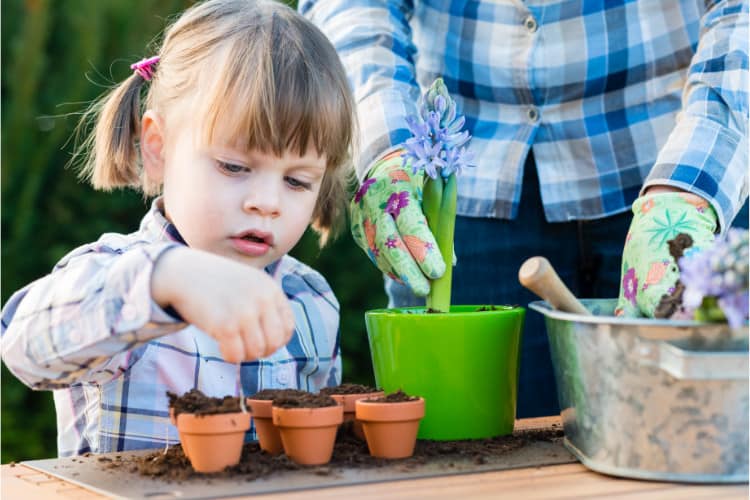
Kids Are Plant People
Toddlers and preschoolers will love this eco-friendly DIY gardening craft. Homemade plant people are a fun way to demonstrate how fast-growing some plants can be. Toddlers through school-age kids will be able to enjoy this activity and participate in their own way. Try making plant people for the whole family!
Materials
- Pair of nylon socks or hosiery.
- Potting soil.
- Grass seeds.
- A variety of craft supplies, such as eyes, buttons, acrylic paints, or colored fabric.
- Glue gun or craft glue.
Steps
- Decorate the nylon sock or hosiery with the craft materials.
- While the decorations set, mix the soil with the grass seeds. This is great for little hands, including the hands of older infants and toddlers.
- Scoop the mixture of soil and seeds into the nylon sock or hosiery.
- Set this up in a plant holder or put it in a place where it is supported and can be watered.
- Water the sock and let the grass grow. Check when to water it again.
- Take pictures to document for growth for two months.
- Share your photos on Facebook and Instagram using #GrowWithGoddard.
- Get the entire family involved and set up a FamilyApp chat with photos documenting the progress of your new plant person.
Parent Prompts to Promote Growth When Gardening With Kids
- Encourage your child to make a plant person. Once you have created a terrarium, place it in a window or area that will receive at least some natural light throughout the day. Have your child help you select a spot.
- During the first week, water your “person” every few days. The soil should be moist but not soaking wet. Check for initial signs of growth.
- In week two, observe for signs of growth with your child. Take pictures with your child to show the growth of the plants. During week two, you should see plenty of growth.
- In week three, see whether your plant person or family needs a visit to the salon! With your supervision and child-safe scissors, cut the person’s hair as you choose.
- Take a photo of your garden activities to document your project!
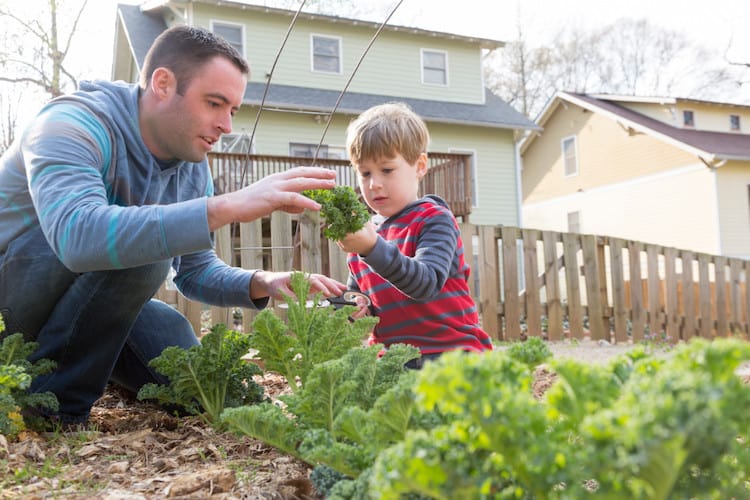
Terrific Terrariums for Gardening With Kids
Pre-K through school-age children will love making terrariums. What exactly is a terrarium? It is a garden grown inside a clear plastic or glass “house.” Terrariums are a low-cost and low-maintenance way for you to incorporate plants into your home and teach your children concepts like condensation, evaporation, and precipitation. You can use a variety of recyclable materials, including clear plastic containers, to create one! Kids will love having their very own garden!
Materials
- An enclosed container – think about those recyclable materials, such as plastic bottles.
- Pea gravel or small rocks.
- Potting soil.
- Small indoor or tropical plants.
- Spray bottle.
Steps
- Clean a large plastic bottle, which will work perfectly for a small garden. You can also use a container covered with plastic wrap.
- Cut the bottle or wrap open at the top to create a large opening so you can reach inside.
- Add pea gravel or small rocks on the bottom.
- Add enough soil for the seeds or small plants to be planted.
- Water them according to the seed packet or plant instructions.
- Take pictures of the bottle the first day and continue taking pictures and checking for growth for two months.
- Share your photos on Facebook and Instagram using #GrowwithGoddard, and share them with your loved ones on your favorite family app.
Things to Look For When Gardening With Kids
What types of questions and comments is your child asking? A terrarium is essentially a self-contained garden, and your child may have lots of questions along with exciting observations. Simply put, the plants and the soil release water vapor. That vapor condenses or collects on the walls of the container and then trickles down into the soil. Place the terrarium in the sun. Your child will notice the water condensation on the sides of the container. You will be able to engage in many more involved conversations if you and your child are ready to become deeply involved in the conversation. This means that you should be ready to adapt it to your child’s interests and developmental level.
What Do You See Outdoors?
This activity for all ages starts with noticing and discovering what is happening outside and ends with artistic representation. Explore the great outdoors with your child. Look for worms, compost, butterflies, and anything else you see in the natural world in any outdoor space. You can stay at home and explore your garden or take your kids farther afield. Then, ask your kids to reflect upon and represent what they observed with art and watch their great ideas unfold. This activity will be based on multiple visits outside, and each time your child will create another art project to represent the journey.
Materials
- A variety of art materials, paper, markers, garden markers, colored pencils, or paints.
- Natural items found outdoors.
Steps
- While outside, talk about the things you see. Use a camera to photograph or capture a brief video of what you see with your child. Collect items from your garden, such as a flower or vegetable.
- Then, once you return indoors, reflect on your photos together or the artifacts you collected.
- Encourage your child to create a visual representation of what he or she saw. This is not about being able to draw a perfect sunflower. It’s about providing the time, space, materials, and inspiration to represent what your child noticed outside.
- Share your photos on Facebook and Instagram using #GrowWtihGoddard.
- Put your photos and observations on a FamilyApp chat.
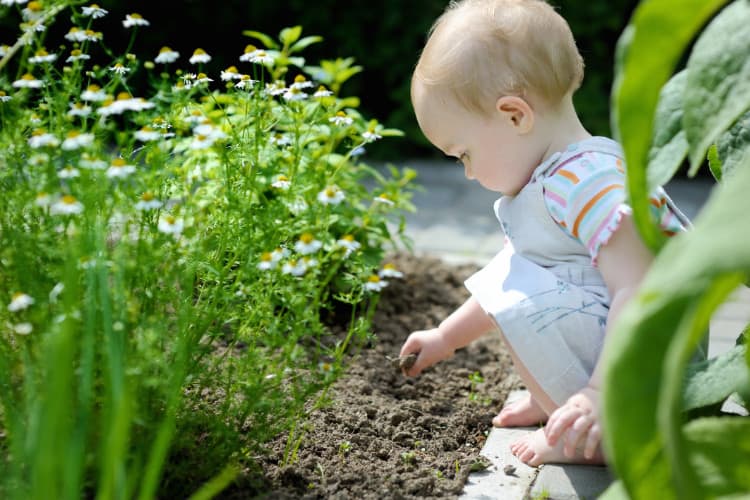
Things to Look For When Gardening With Kids
What did your child observe outdoors? How did your child represent what they saw outside? To extend this activity, ask your child to tell a story about the artwork and document the story. For example, your toddler may look at the sunflower on your table and make a lot of yellow and orange handprints on paper to create a sunflower house. Or they might notice tulip petals and paint some pink swirls.
Honor the process and your child’s interpretation. Engaging in this activity multiple times and observing how nature changes and grows, which the photos and artwork will reflect, will create an ongoing opportunity for growth and observation in all ways.
